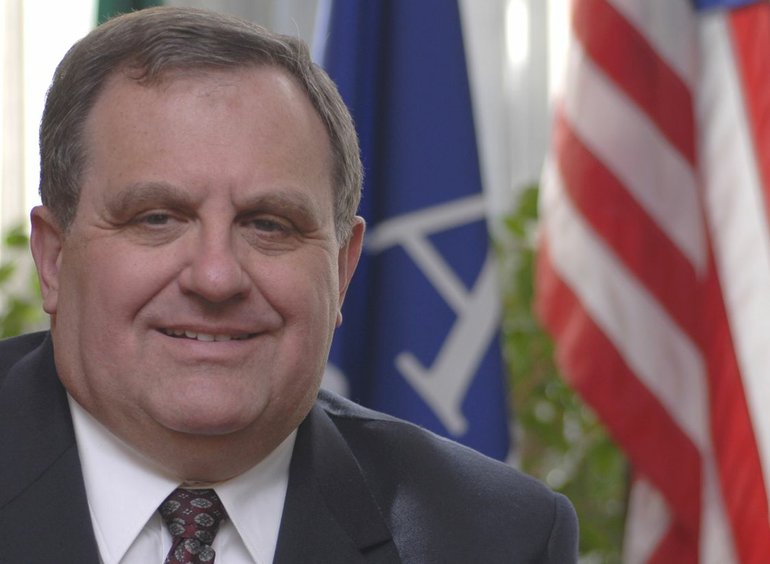In Olympia, some lawmakers want to speed up the closure of the TransAlta coal-fired electricity plant near Centralia. They want to toss out the negotiated settlement Gov. Gregoire put in place to gradually replace coal with natural gas over the next decade.
It’s part of an anti-coal hysteria that ignores key facts that affect our economy, families, factories, hospitals and schools.
First, activists ignore the fact that, even if we reach our energy conservation and renewable energy goals for 2035, we’ll still need to generate the same percentage of electricity from coal. Today, 48 percent comes from coal, and the U.S. Energy Information Administration projects it will be 45 percent in 2035.
In Washington, three-quarters of our electricity comes from hydropower. But 14 percent of it comes from TransAlta, which employs 600 people in good family-wage jobs and provides heat and light for 1.23 million homes.
How would activists replace those jobs and that electricity if they shut down TransAlta? Wind and solar energy won’t get us there. So the vexing unanswered question is, what will?
Second, activists ignore the fact that not all coal is the same. For example, coal from eastern Montana and central Wyoming — the coal the Chinese covet — is low in sulfur. TransAlta uses that western coal at its Centralia plant and has spent more than $235 million to control greenhouse gases and other emissions.
Third, activists fail to mention that President Obama supports investments in clean coal technology. Shortly after his inauguration, as part of his New Energy for America plan, he called for development of five commercial-scale coal plants to capture and store carbon dioxide.
But while Americans fight over the future of coal-fired plants, China is investing heavily in clean coal technology. China, which uses more coal than the United States, Europe and Japan combined, has its share of older coal-fired power plants, but its newer facilities are among the world’s most efficient.
Consider that over the last three years, China has led the world in turning coal into synthetic gas, which powers electricity-producing turbines, a method that produces a fraction of the pollutants of conventional plants.
Restrictive regulations
China still has a severe pollution problem from its old coal-fired plants, but it is moving in the right direction. Meanwhile, we in the U.S. seem stalled. As The Atlantic magazine reported in its December 2010 issue, China has built many coal-to-gas conversion plants, but over the last 30 years, the U.S. has built exactly… none.
Onerous regulations are part of the problem. The Atlantic article quotes a U.S. governmental official as saying, “In America, it takes a decade to get a permit for a plant. (In China), they build the whole thing in 21 months.”
The United States is blessed with an abundance of coal, and exporting coal can generate jobs, chip away at our trade deficit and help move us substantially toward energy independence. Building clean coal plants in our country will put people to work and allow us to export our expertise and technology around the world.
The debate over America’s energy policy must be realistic. As Julio Friedman of the Lawrence Livermore Labs points out, wind and solar power will never supply our energy needs. “Solar and wind power are going to be important, but it is really hard to get them beyond 10 percent of total power supply.”
So, until nuclear power, which produces no greenhouse gases, becomes the world’s main energy source, the question is not whether to use coal but how to use it better.
Don Brunell is president of the Association of Washington Business, Washington state’s chamber of commerce. Visit http://www.awb.org.



